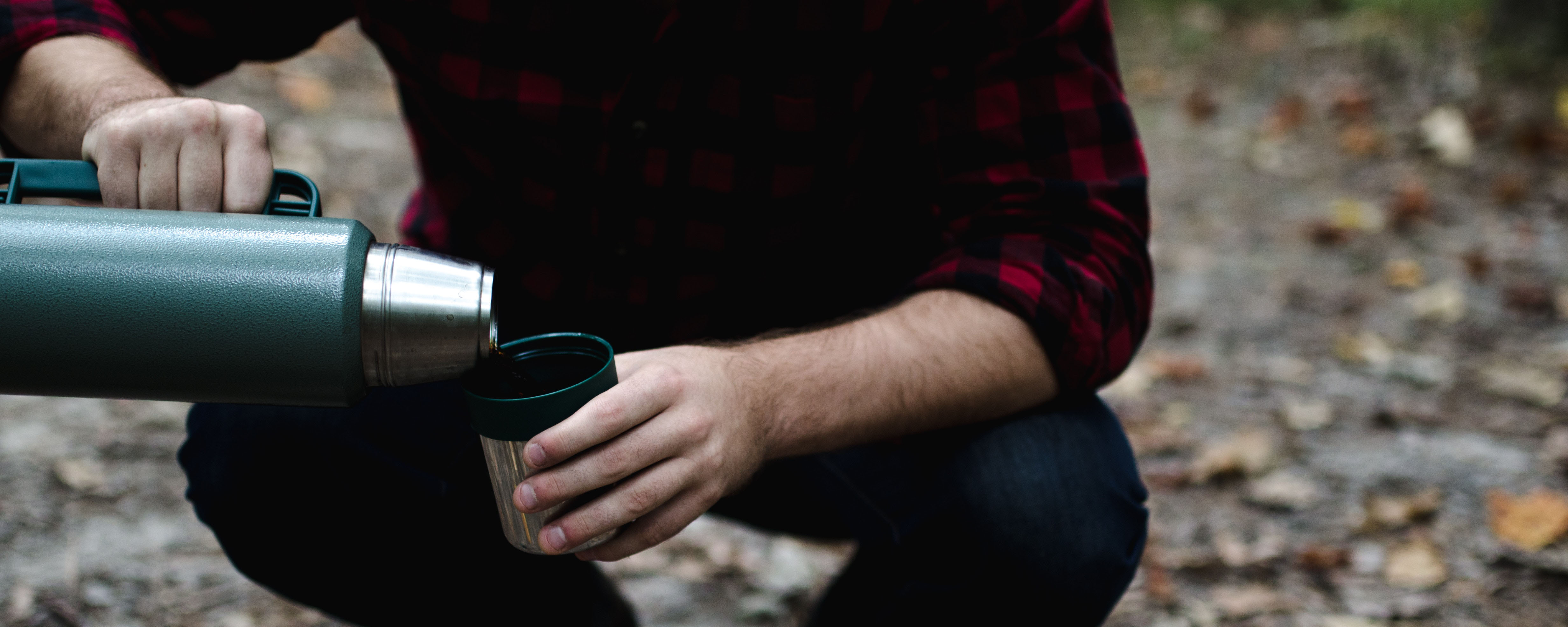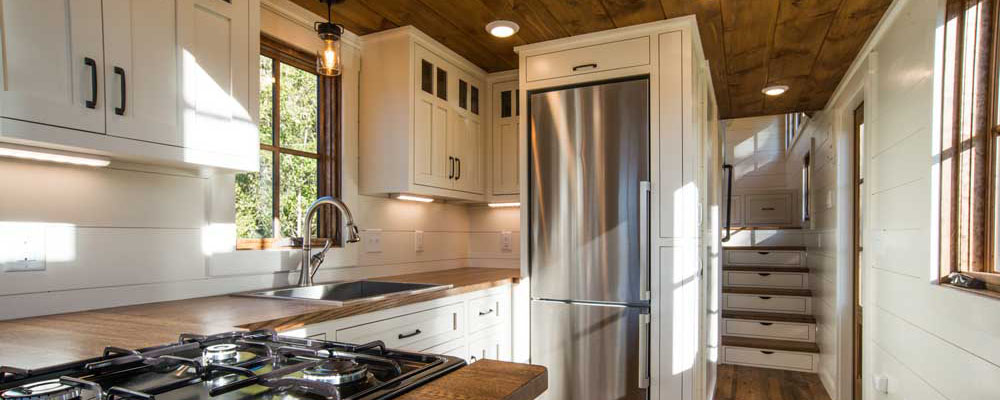Table of Contents:
The tiny home trend is blooming big

Why do some people choose a tiny house over a standard house? Isn’t bigger always better?
Tiny homes have become extra attractive in recent years as more people want to realise the promise of environmental, financial, and other benefits to be enjoyed from downsizing their living space.
Perks of living in a tiny home
Tiny houses can be as small as nine square meters, compared to the average 233-square meter Australian house. However small that may be, there are several advantages of living in a smaller area. A tiny home is financially more beneficial, more economically sustainable, a potential way to live your dreams, and could even enhance relationships.
Economic benefits of tiny homes
Affordability is the first thing that comes to mind with a tiny house, but more financial benefits are presented below.
Lower price
The average price of a tiny house is around 70,000 AUD (based on available online prices). The lowest price is 23,205 and the highest is 99,990.00. Compare this with the national median housing value of 552,316 and 880,743 in Sydney (based on a CoreLogic report). This means that a tiny house is estimated to cost only around 12% of a standard Australian house.
Debt-free living
Since tiny houses cost much less, owners do not have to be burdened by home loans and monthly payments that they may not always be able to afford. One student made a 21-square meter house for below 19,000 AUD, which came entirely from his savings.
Some families decide to sell their house and scale down to a tiny home. Others keep their larger house, rent it out and live in a tiny house.
Higher quality
Since there will be much less space to cover, you can spend more on higher quality finishes and fixtures. Imagine more beautiful windows, more efficient insulation, a more durable sink, a more luxurious shower head. A tiny house will also allow you to buy furnishings that you love rather than be limited by a smaller budget.
Low maintenance
The parts of a smaller house will definitely cost much less to maintain and repair if needed. This means savings not only in terms of money but of time and effort.
More savings
The Tiny Life says that 55% of tiny house dwellers in the United States have more savings than the average American. A tiny home can free up money for investments or travel.
Short-term rental
Some tiny house owners advertise on Airbnb and make some money off their houses. A garden cottage is available for 100 AUD per night, a cob cottage is 128 AUD, and a renovated bungalow is 181 AUD.
Eco-friendly homes
Researchers found that people who spend more time outdoors and are more connected to nature are more likely to show environmentally sustainable behaviours. This may not necessarily mean that a tiny house owner is more inclined toward nature, but he will surely be gaining some of the following eco-friendly benefits: Building materials. Building a tiny home will surely require fewer building materials. This will mean less lumber, meaning fewer trees were cut down for it. This also results in lesser fuel needed to transport building materials. Even better is the use of sustainably-sourced and recyclable materials, which is very feasible with smaller homes because of the lesser quantity of materials needed to build them. Some use recycled steel, while others use even recycled jeans. One company constructs micro-houses using hempcrete, which they describe as “carbon-negative.”

Here are other power sources considered for tiny houses:
- Micro-hydroelectric power, especially if you’re near a running stream
- Wood, for modern wood stoves, wood-fired ovens
- Biofuel to heat the house
- Compost to heat water
- Air source heat pump
Perhaps a wise alternative would be to go hybrid and incorporate several energy sources.
Small carbon footprints.
Big houses are harder to heat and to keep cool, while a small house does not require much electricity or fuel. Tiny homes use only 7% energy compared to standard houses. Also, according to Renewable Energy World, tiny houses produce only 2,000 pounds of carbon dioxide annually compared to 28,000 pounds for a standard-size house.
Use of rainwater.
Some tiny house owners collect rainwater and store it in a tank. Depending on the location, rainwater alone may not be able to supply 100% of the required amount of a tiny home household. This is why some suggest to have another water source as backup. A three-stage rainwater filtration system will be useful to turn rainwater into pure drinking water.
Less waste
Living in a tiny home means having fewer stuff, and this usually results in less garbage also.
Everything is within reach
In a tiny home, all you need will be practically within arm’s reach - including your kids. The use of space has to be streamlined, so shelves don’t have to be too high, storage can’t be too deep, and furniture won’t be too tall.
Faster and easier cleaning
When you have a smaller area, there’s less to clean and maintain. Since you’ll probably have fewer possessions too, there’ll be less things to organise. Tiny homes can mean shorter cleaning time and more time for other stuff.
Pick your own location
Most tiny homes in Australia are either partly or fully mobile. This means you can take a mobile tiny house everywhere, and you don’t even have to sell it in case you change location. In fact, you could even take it with you when you go on a holiday.

Council permit
While two years ago councils treated tiny homes as a grey area, today a tiny house on wheels is already considered by some as a fully transportable and registered vehicle (just like a caravan) and not a fixed structure. However, it would still be best to check with your local council about the regulations in your area.

About the author
RG Sayson writes for Renovator Mate on topics related to home renovation. He would have been an architect in a parallel universe, but in this one he’d been happily writing professionally for half his lifetime.




